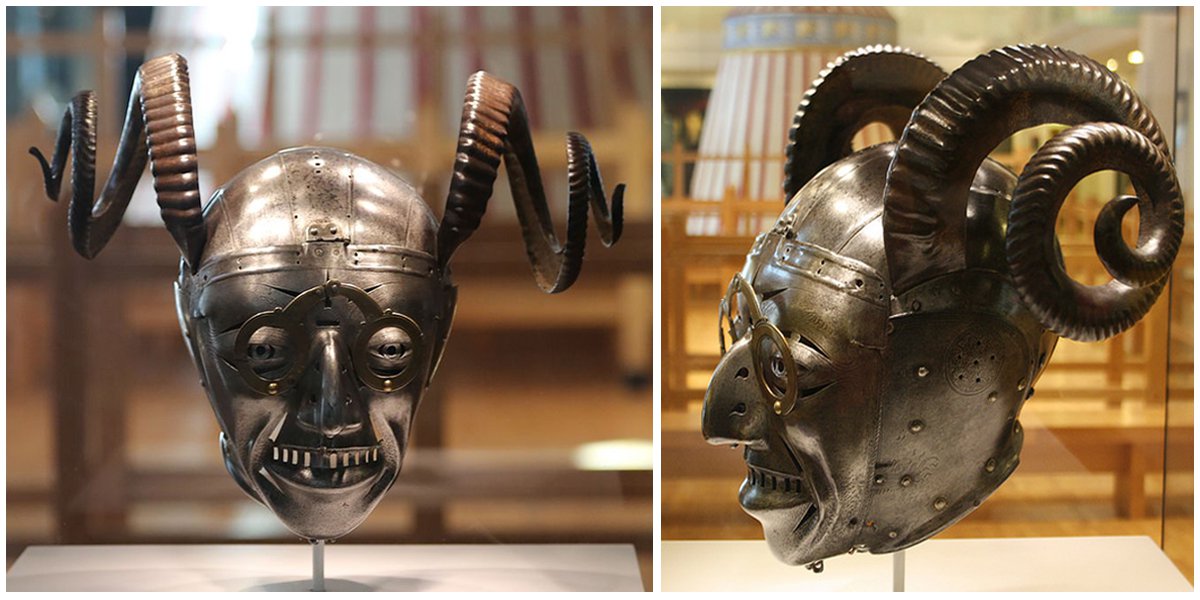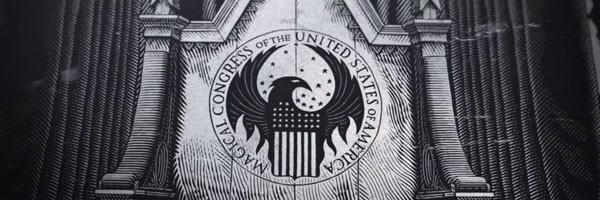You’ve probably watched Indiana Jones and the Last Crusade in which the Nazis were on the hunt for the mythical and magical Holy Grail. And while we can’t say for certain if they did encounter an immortal knight or solicited the expertise of an archaeologist with a dashing appearance equal to that of Harrison Ford, the Nazis did look for the Holy Grail in real life, along with other religious ancient artifacts like the Spear of Destiny.
According to the book “The Desecrated Abbey” written by Montserrat Rico Góngora, Heinrich Himmler, the head of the Nazi SS, embarked on a top-secret mission during the Second World War to acquire the Holy Grail at an abbey in Spain. The book claims that the Reichsführer-SS believed that Jesus Christ was not the King of the Jews, and was in fact of Aryan blood. And so, Himmler allegedly thought that if the Nazis gained possession of the Aryan Holy Grail, the ancient artifact would grant him supernatural powers and help the Germans win the global war. Unfortunately for the Nazi leader, no such magical cup was found, and if he did find one, it was never disclosed to the public.
There are also stories and historical records claiming that Hitler himself acquired the Spear of Destiny – the lance that pierced the body of Jesus to confirm his death – back in 1938 following his annexation of Austria. According to legend, whoever gains possession of the Spear also gains the power to decide the fate of the world. However, once he ceases to be its owner, he meets his death and is refused entry to the gates of Heaven. While what he found may very well be a very expensive knock-off of the Holy Lance, Hitler brought this Spear to Nuremberg for safekeeping.
In 1945, U.S. soldiers under the leadership of General Patton got a hold of the spear Hitler thought was the real Spear of Destiny. Interestingly, Hitler died soon after he lost ownership of the lance, having committed suicide in his bunker. It seems to confirm the legend that losing possession of the spear results to the owner’s death, but we won’t be able to test this theory again unless we’re hoping to encounter another tyrannical global leader, so perhaps it is better that the spear Hitler discovered is being safely kept inside the Weltliches Schatzkammer Museum in Vienna instead.
People at war live in violent and uncertain times, which is why it is not that surprising that even in the modern world, opposing sides of a conflict are desperate to find ways to turn the tides of these bloody battles in their favor. To some of us, the idea of using magic, exploring psychic defense or searching for lost ancient artifacts all for the sake of winning a war seems an absurd waste of time. However, to the leaders of these modern armies, it is a factor that they could not discount so easily.
After all, they could not risk not giving magic and the supernatural the time of day when their enemies were spending resources to possibly utilize them as weapons. What if their enemies succeeded? How could they outsmart an enemy that has mastered the art of deception and misdirection? How could they fight against thousands of troops that can easily kill their opponents and predict the future using only their minds? How could they win against a colossal army in possession of a powerful ancient artifact that pretty much made them invincible?
As commanders that lead thousands, if not millions, of soldiers, these military and intelligence leaders chose to exhaust all possibilities to end the conflict in their favor, even if it meant resorting to magic or the supernatural. Perhaps, from their perspective, they would rather have their pursuit for such things end up as a fruitless endeavor rather than neglect that option and allow their enemies to use it against them later on.




















